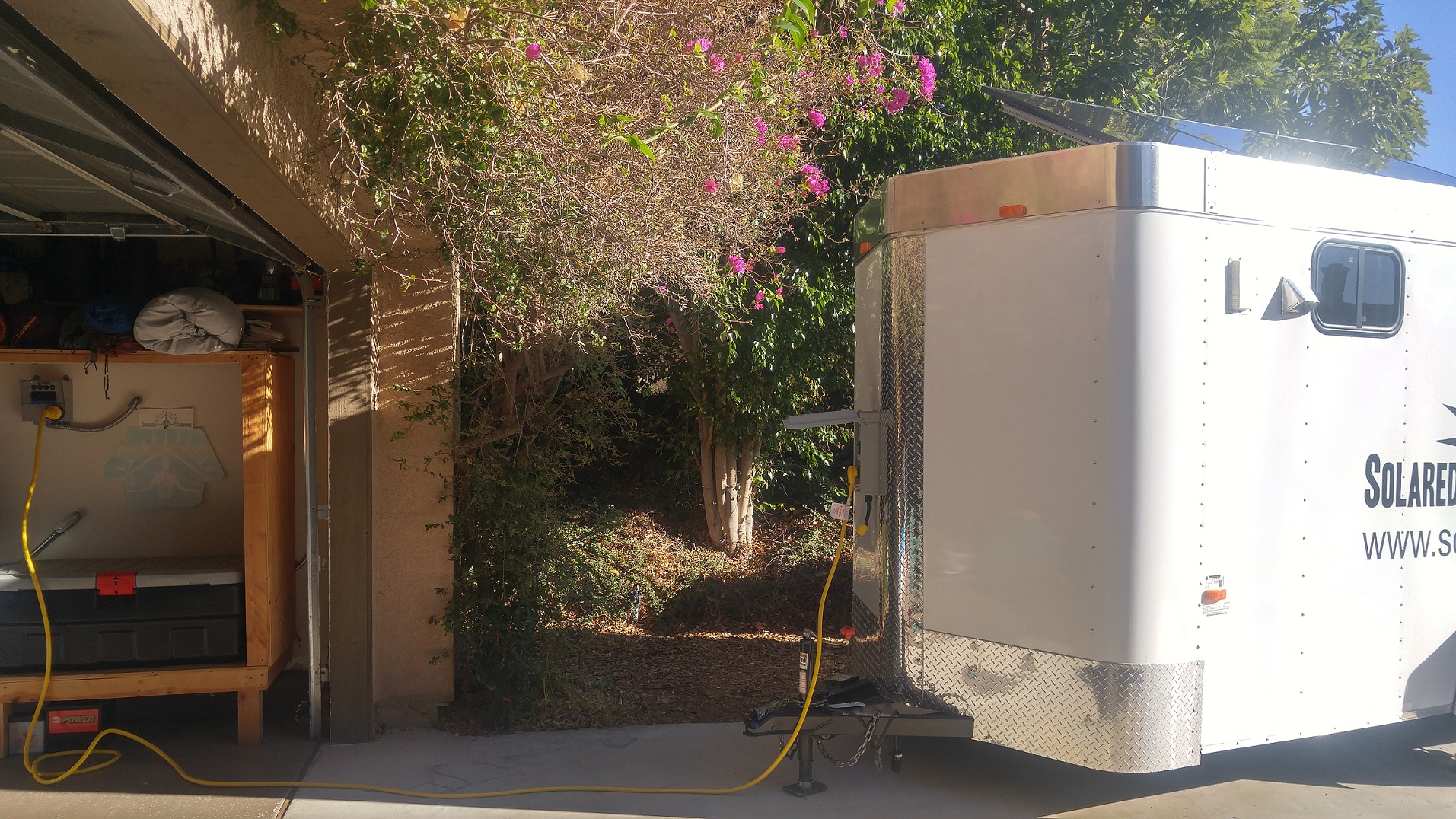3D CAD Model Evolution

Because of the 3D CAD Model Evolution, it really is an amazing time to be a Designer with all of the 3D CAD software and tools available. I can design a part today and have it in my hand tomorrow. I don't need a drawing or an engineering degree. I just need an idea and a 3D CAD Model.

How it used to be
I took drafting in high school, but it wasn't on a computer with a mouse. It was on a drafting table, with a large piece of paper and a mechanical pencil. It was a time consuming process, that involved a lot of erasing and redrawing.
The world changed when I went to college. Drafting by hand evolved into Computer Aided Drafting (a.k.a CAD). 2D Cad software like AutoCAD and ME10 streamlined the drawing process, and drawings that once took days, now took hours. When I started my Engineering career over 15 years ago, I was using 2D AutoCAD software as my design tool and I felt, at the time, that it was the coolest, most cutting edge thing ever.
Though CAD had dramatically advanced drafting and design work, manufacturing was unaffected at this point and was still the same process. To have a part made, a detailed drawing would be sent over to a shop to be made by a machinist on a manual mill, lathe, or shear. The price of the part was determined by the cost of raw material and how many different set-ups there were. Every time the machinist has to remove the part from the machine and put it back in, is considered a set-up. A major goal for all mechanical design engineers at this time, is to design parts that meet the functionality requirement of the design, in as few set-ups as possible. The set-up charge is a once per order charge. The more parts you ordered, the more the set-up charges get diluted on a per part basis and the cheaper the parts become. Prototype parts are the most expensive, since the entire set-up is absorbed into 1 or 2 parts.

The Industry has Changed
Parts today are all designed in 3D CAD software such as Solidworks, Inventor, and ProE. CAD and manufacturing are now completely intertwined. To have parts made, the 3D CAD files (a.k.a Models) are sent directly to machine shops, fabricators and mold makers. Models are converted into code and the code is uploaded into automated machines. These machine can change tools and rotate the part, so there is never a need to remove the part from the machine. Raw material is fed into the machine and the parts come out the other end. The set-up charge has been converted to a programming charge, but since the program can be saved on the machines hard drive, the programming charge isn't a once per order charge, but a one time only charge.
A 2D drawing is usually sent over as well, but it is just used as a reference for material call outs, finishes and tolerances. It is not nearly as detailed. It just emphasizes critical information.


 Primm, Nevada
Working our way home through Nevada, had to stop to get a shot of the Trailer with the Solar Plant in the backdrop.
Primm, Nevada
Working our way home through Nevada, had to stop to get a shot of the Trailer with the Solar Plant in the backdrop.
New! Comments
Have your say about what you just read! Leave me a comment in the box below.